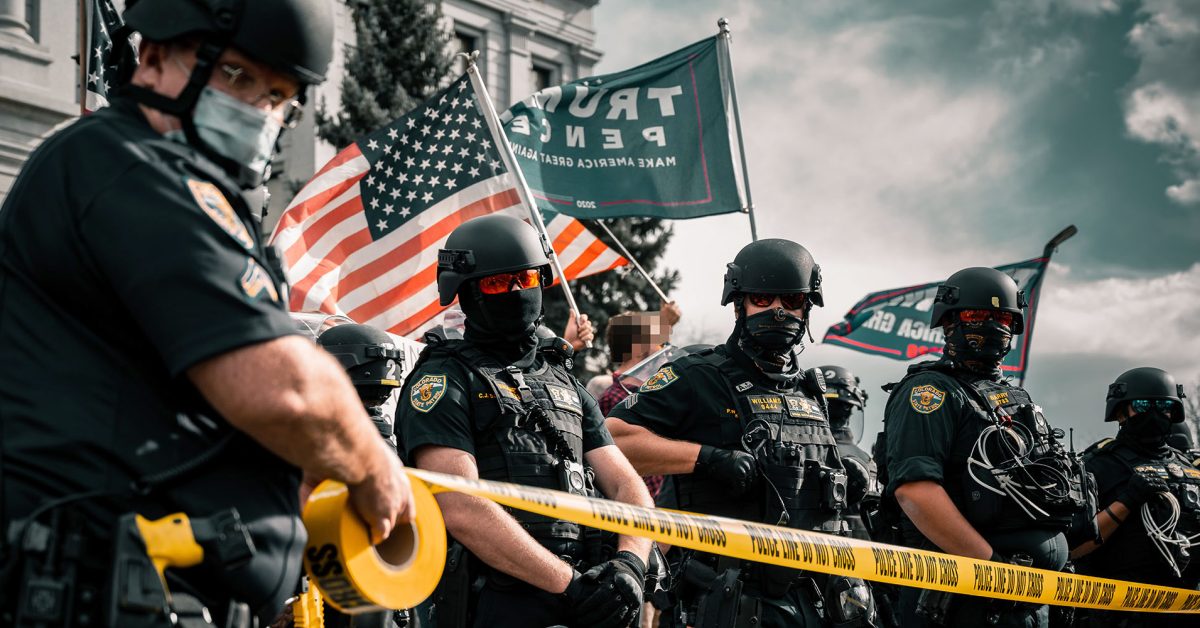New Insights Revealed: How Push Notification Data Uncovered Capitol Rioters

US Government Uses Push Notification Data to Investigate Capitol Rioters
After receiving legal demands from US law enforcement agencies, Apple and Google have been handing over push notification data to aid in criminal investigations. This revelation comes after the iPhone maker updated its legal process documents and added these incidents to its transparency reporting.
Push notification data was used to help investigate the January 6th Capitol rioters, according to The Washington Post. More than two dozen search warrant applications and other documents were found in court records related to federal requests for push notification data. Nine of these documents related to the hunt for Jan. 6 rioters, while two sought data on suspects accused of money laundering and distributing child sexual abuse material.
What is push notification data? It includes information about the notifications sent to the phones of persons of interest in legal investigations. While push notifications don’t allow access to the content of end-to-end encrypted messages, they can still reveal important details. For example, the data can show when two people exchanged messages, which could potentially confirm the source of a leak or provide useful information in identifying users’ accounts.
As for the process of obtaining this data, it was found that Google has a higher legal bar compared to Apple. Google requires a court order before handing over push notification data, which means a judge has to review the justification for the demand and approve it. On the other hand, Apple previously only required a subpoena from law enforcement agencies, which can be issued without judicial oversight.
Now, Apple’s guidelines to law enforcement agencies have been updated. Push notification data requires either a court order or search warrant, both of which have to be signed off by a judge. This change sets a higher standard for compliance when it comes to providing push notification data for criminal investigations.
This confirmation of the US government using push notification data for investigations raises questions about privacy and surveillance. It also highlights the power of technology companies in aiding law enforcement efforts. The use of such data could have significant implications for both individuals’ privacy and law enforcement practices, prompting further discussion and scrutiny in the ongoing debate on the balance between privacy and security.
